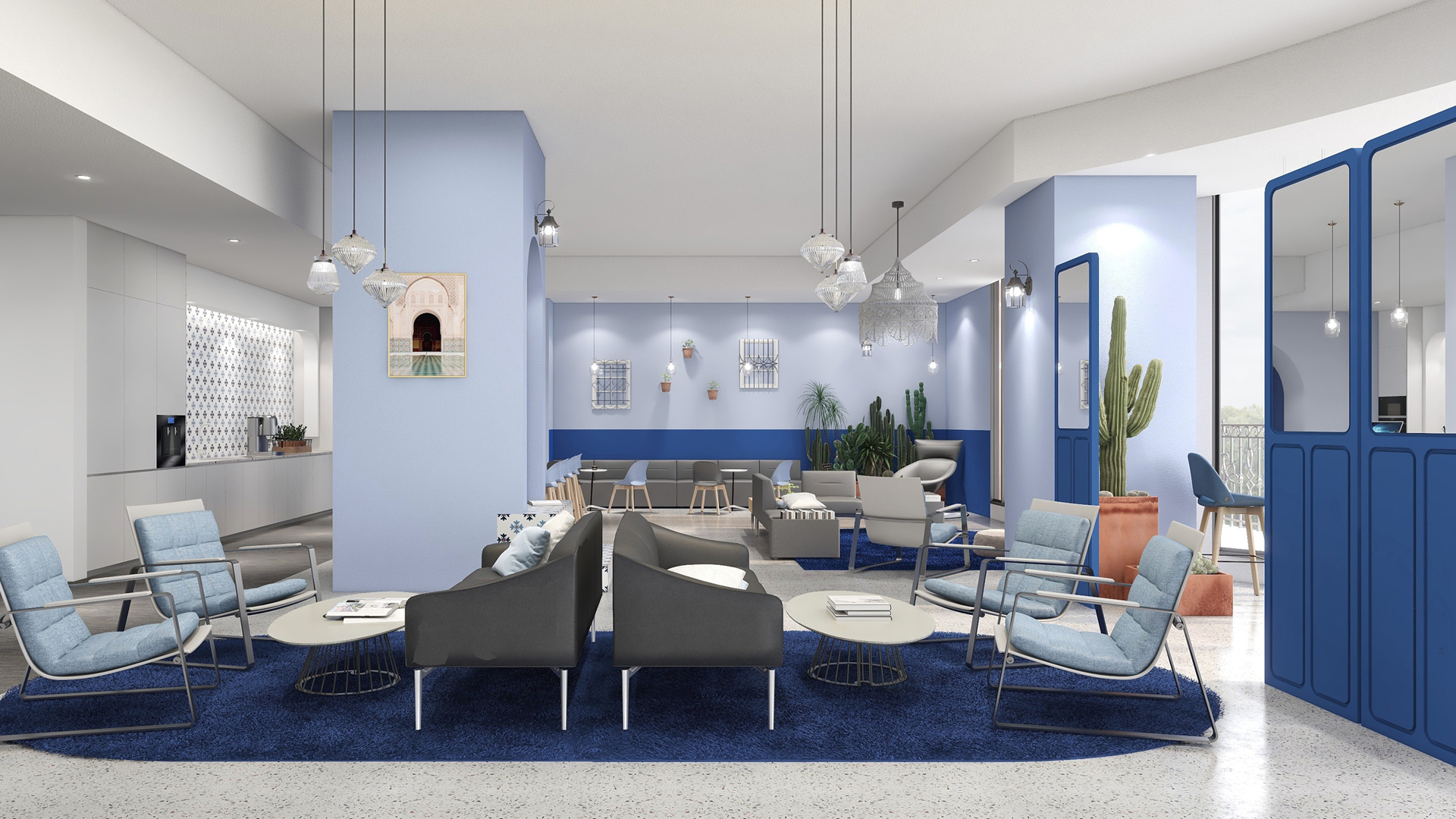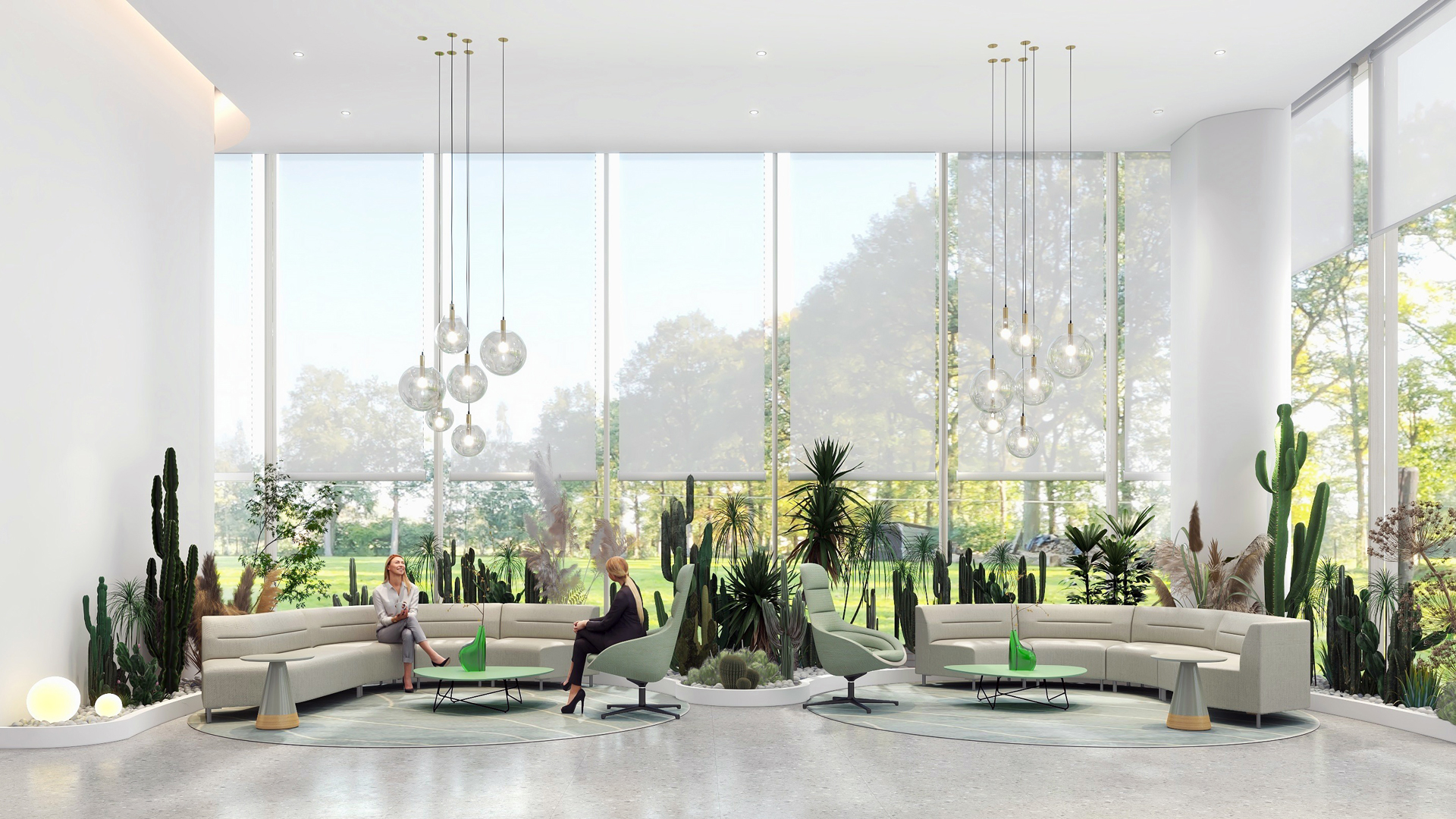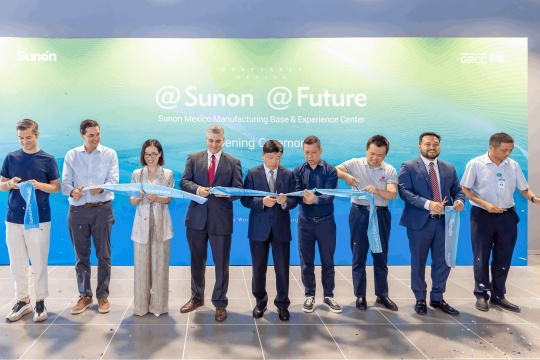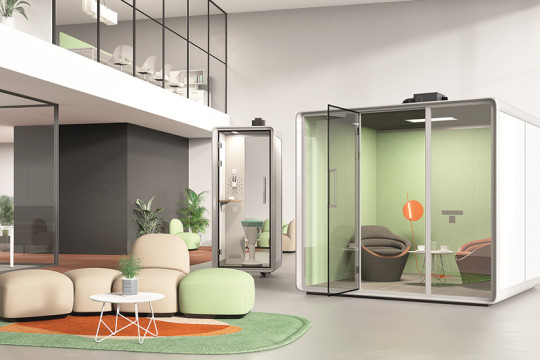Future Office: Merging Hospitality and Commercial Design
The way that hospitality spaces approach their planning and visioning is by looking at brand guidelines and choosing an appropriate theme based on the local culture of the destination. Similar to this, businesses are reorienting their efforts from communicating their brand to creating more memorable and exciting workspaces for their employees.
It is important to deliberately design workplaces such that going into the office is preferable than working from home. Enter the office with a hospitality flair. Such changes may also be seen in modern corporate workplace designs, which incorporate hospitality aspects and place an emphasis on wellness and biophilic design.

What offices can learn from hotels and restaurants?
Organizations strive to improve the employee experience in the same way that hotels and restaurants do for their customers. The layouts and facilities of the top hotels and resorts are planned for maximum comfort, pleasure, and convenience to keep guests on-site and tempt them to return. Employers may utilise the same techniques to engage, recruit, and keep people, making offices their favourite location to work.
Reimagining the office as a lifestyle experience, new office design projects are leading the way by delivering above-and-beyond amenities and appealing lobbies. With mental health and wellbeing at its center, they are reconstructing the workplace with creativity, flexibility, and softer furniture.
Here are five methods to purposefully design an inviting, hospitality-inspired office environment:
Office reception space as a hotel lobby
Creating a warm and inviting greeting area for guests has long been a top priority for hotels. Similar to this, for visitors, visiting personnel, and workers, arriving at an office is one of the most significant events. To assist visiting personnel and improve the daily operations of their local workforce, companies are now providing concierge services. These firms' lobbies are designed to resemble coffee shops or hotel lounges and create a cosier atmosphere.

Connection to local culture
Wherever you went in the globe, hotel interiors of the same brand used to look the same, but not anymore. Regionally focused design is one of the hottest trends in hospitality right now, and it's starting to show up in offices as well. Hotels are promoting localised experiences, and businesses are also benefiting from these ties to the neighborhood. People are proud of where they come from, and local culture will start to have an even bigger impact on working environments.
Bespoke design
The atmosphere of the hospitality-influenced workplace should reflect the distinctive nuances of a company's culture, the city context, as well as the staff members who work there, just as boutique hotels and destination resorts are reflective of the cultural fabric of the places in which they are located. By combining space planning, architecture, lighting, acoustics, materials, texture, and even artifacts, the design of the office might evoke a favorite restaurant or hotel that you want to visit again and again.
Social spaces
The same concept has been applied in the workplace to foster cooperation and more social interaction, much as hotels offer lobbies, bars, and restaurants to encourage connection and socializing. Social spaces are adaptable, centrally positioned, and frequently multipurpose places that facilitate face-to-face cooperation with today's technologies. The success of the business as a whole benefit from open-plan social areas that foster a sense of community among the staff.

Emotional connection
Workspaces may generate emotional reactions, experiences, and memories in the same way that favourite restaurants or resorts can. Throughout the course of the day, employees go from one location to another while experiencing a wide spectrum of diverse emotional reactions. Volume, color, texture, lighting, and even furniture changes may all affect the dynamics and kind of energy in a workspace. To boost employee happiness, consider including wellness-focused design elements in your environment, such as sleep pods, on-site massage facilities, and yoga studios.


